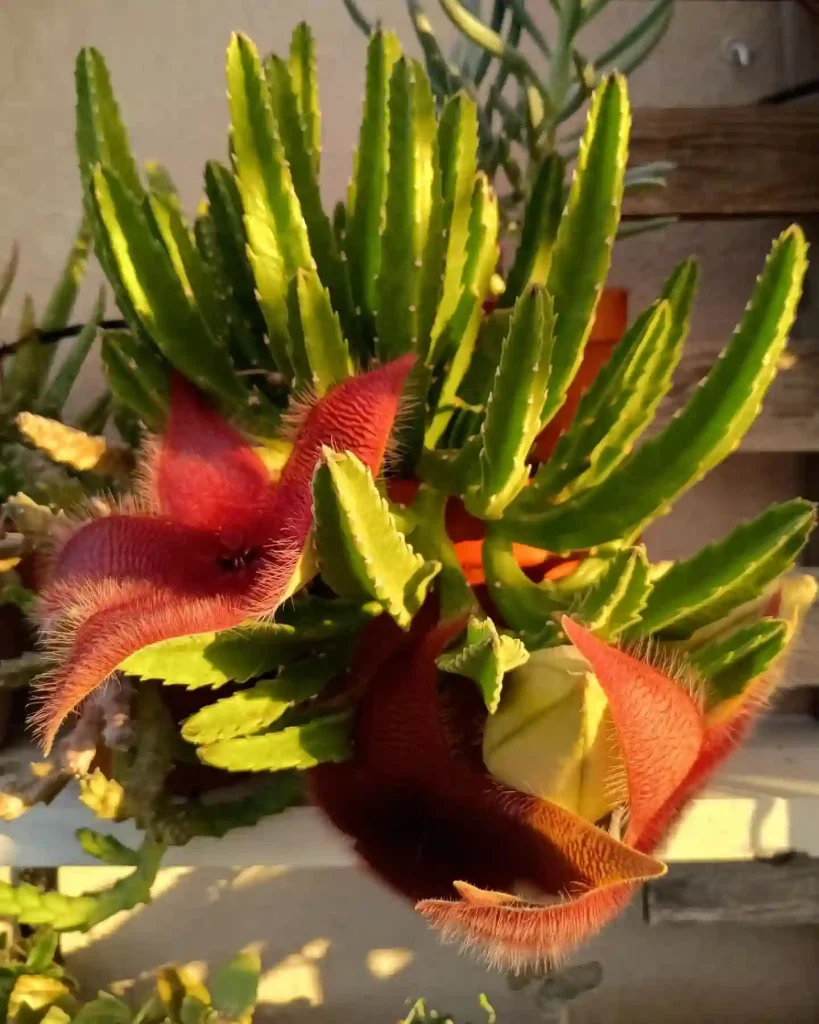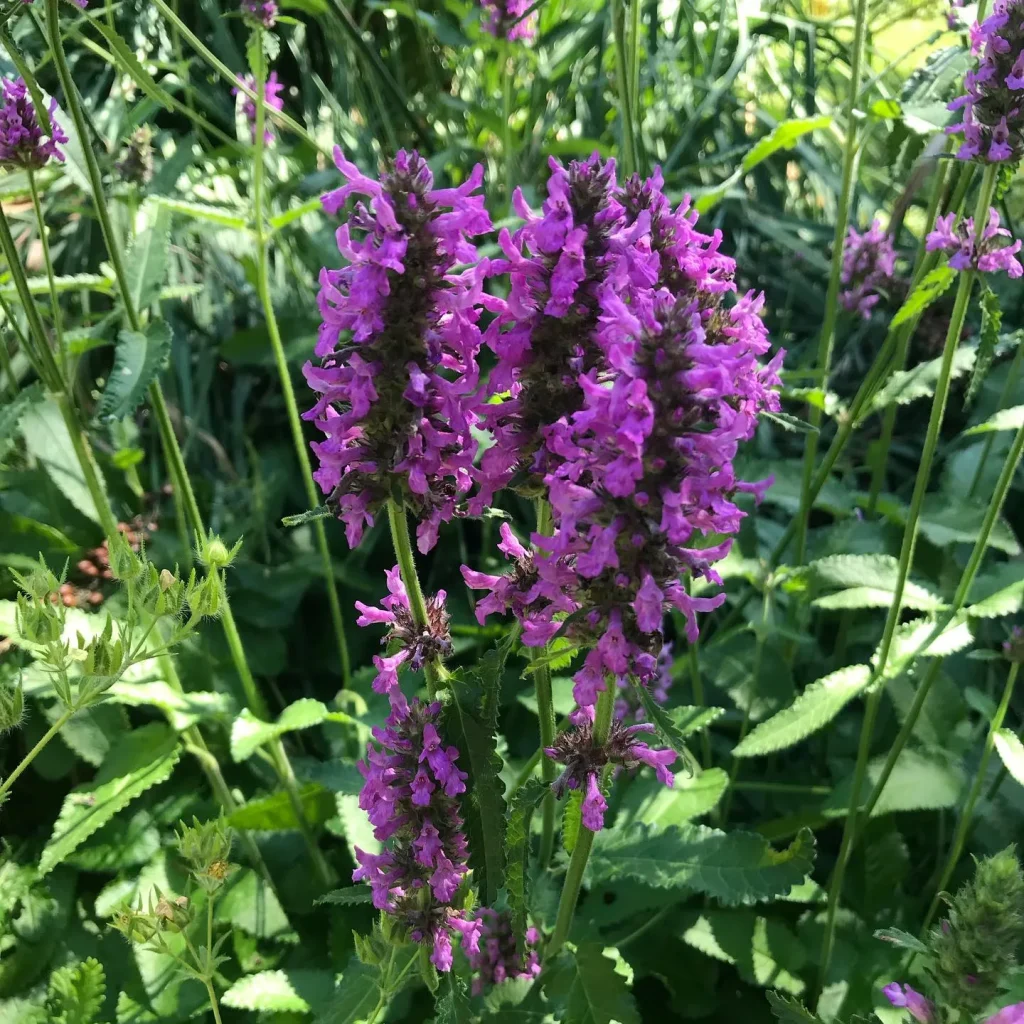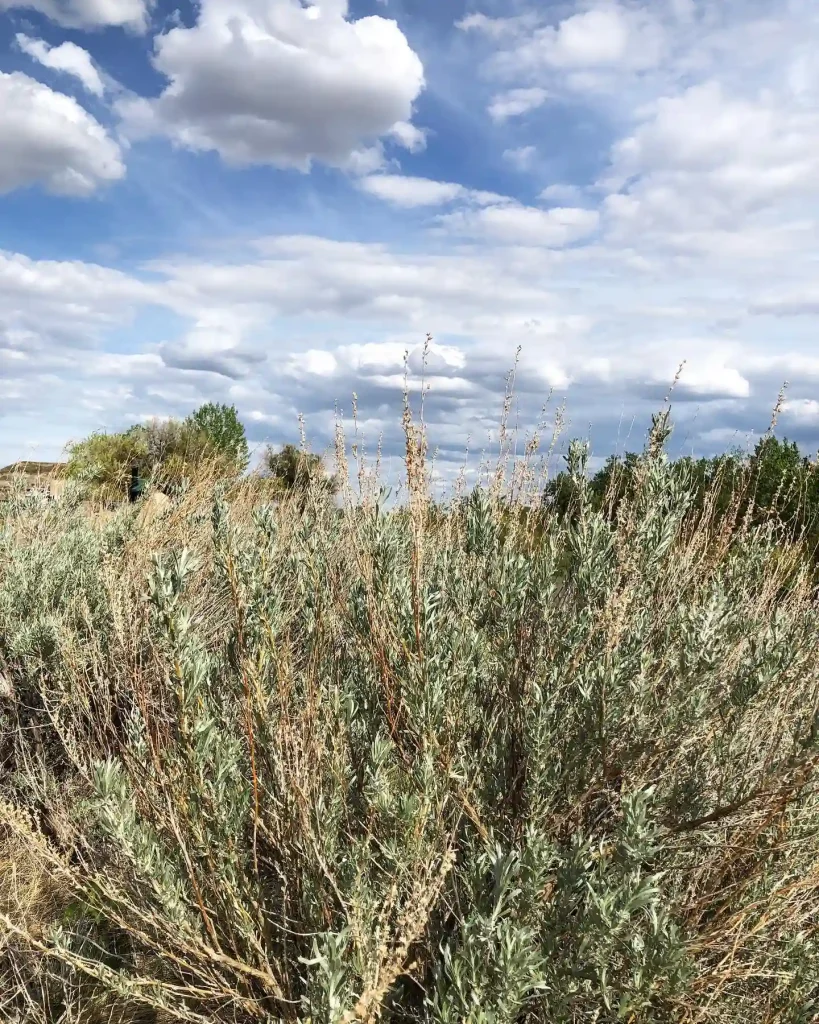
November 14 – Hosta
"Hosta, the shade-loving perennial, represents November 14."
Hosta symbolizes peace and strength. You find tranquility in solitude and support others with your calming presence. Like its lush leaves, your nurturing spirit is ever-present.
Hostas: My Love Affair with the Shade-Loving Beauties
I, Ferb Vu, have always been drawn to the quiet elegance of hostas. These shade-loving perennials, with their captivating foliage and subtle blooms, bring a touch of tranquility to any garden. Their versatility knows no bounds, thriving in shady corners, bordering pathways, or even gracing containers on a porch.
My fascination with hostas began years ago when I stumbled upon a hidden gem of a garden tucked away in a bustling city. Amidst the urban chaos, a serene oasis flourished, filled with an array of hostas in varying shades of green, blue, and gold. The way their leaves unfurled, each with its unique texture and pattern, captivated me. From that moment on, I was hooked.
A Diverse Genus
Hostas, belonging to the genus Hosta, are native to Northeast Asia, primarily China, Japan, Korea, and the Russian Far East. They were once classified under the Liliaceae family, like many “lilioid monocots”, but now reside in the Asparagaceae family, subfamily Agavoideae. The genus boasts around 30 species, each with its own distinct characteristics. Here are:
- Hosta albofarinosa D.Q.Wang
- Hosta × alismifolia F.Maek.
- Hosta capitata (Koidz.) Nakai Plant FAQs: Hosta Capitata
- Hosta clausa Nakai Plant FAQs: Hosta Clausa
- Hosta hypoleuca Murata
- Hosta jonesii M.G.Chung
- Hosta kikutii F.Maek.
- Hosta kiyosumiensis F.Maek.
- Hosta lancifolia (Thunb.) Engl. Plant FAQs: Hosta Lancifolia
- Hosta longipedicellata Seiko Fujii & Yahara
- Hosta longipes (Franch. & Sav.) Matsum. Plant FAQs: Hosta Longipes
- Hosta longissima F.Maek.
- Hosta minazukiflora Seiko Fujii & Yahara
- Hosta minor (Baker) Nakai
- Hosta plantaginea (Lam.) Asch. Plant FAQs: Hosta Plantaginea – August Lily
- Hosta polyneuronoides Yahara & Seiko Fujii
- Hosta pulchella N.Fujita
- Hosta pycnophylla F.Maek.
- Hosta samukazemontana Seiko Fujii & Yahara
- Hosta scabrinervia (N.Fujita & M.N.Tamura) Yahara & Seiko Fujii
- Hosta shikokiana N.Fujita
- Hosta sieboldiana (Hook.) Engl. Plant FAQs: Hosta Sieboldiana
- Hosta sieboldii (Paxton) J.W.Ingram Plant FAQs: Hosta Sieboldii
- Hosta takiminazukiflora Seiko Fujii & Yahara
- Hosta tardiva Nakai
- Hosta tokudama F.Maek. Plant FAQs: Hosta Tokudama Flavocircinalis
- Hosta tosana F.Maek.
- Hosta tsushimensis N.Fujita
- Hosta ventricosa Stearn Plant FAQs: Hosta Ventricosa
- Hosta venusta F.Maek.
- Hosta yingeri S.B.Jones
Are hostas poisonous to dogs?
From my experience, I’ve found that hostas are indeed toxic to dogs; my dog once chewed on one and ended up with a bit of an upset stomach.
Are hostas edible?
I’ve never tried eating hostas myself, but I’ve heard they aren’t edible for humans and that consuming them can cause digestive issues.
When to plant hostas?
In my garden, planting hostas in early spring or late summer has always worked well; they seem to settle in best when the weather isn’t too harsh.
Are hostas deer resistant?
I’ve had mixed results with deer resistance; while they’re not a top favorite for deer, I’ve still seen them nibble on hostas during particularly hungry seasons.
Do rabbits eat hostas?
Rabbits have definitely been a problem in my garden; they seem to enjoy munching on hostas, especially when other food sources are scarce.
What is eating my hostas?
I’ve had issues with slugs and snails destroying my hostas; they love the tender leaves and can make a real mess overnight.
Do hostas spread?
From my own garden, I’ve noticed that hostas do spread over time; they’re quite good at expanding their clumps if left undisturbed.
Are hostas poisonous to cats?
Yes, I’ve had to be cautious with my cats around hostas; they’re toxic to felines too, and even a small amount can cause problems.
Where to buy hostas?
I usually buy hostas from local nurseries or garden centers; they often have a good selection and you can see the plants in person before buying.
Why are my hostas turning yellow?
In my garden, hostas turning yellow is often a sign of too much sun or overwatering; adjusting their placement and watering schedule has helped.
How often to water hostas?
I find that watering hostas once a week works well for me, especially during dry spells, but they do appreciate a bit more moisture during really hot weather.
Can you grow hostas from seed?
Yes, you can grow hostas from seed, though it takes quite a bit of patience; I’ve had a few seedlings come up, but it’s a slow process.
How to grow hostas from seed?
Growing hostas from seed has been a bit of a challenge for me; they require patience and can take quite a bit of time to germinate and grow.
Can hostas grow indoors?
I’ve tried growing hostas indoors with mixed results; they need a lot of light and humidity to thrive, which can be tricky to maintain inside.
Do hostas like acid soil?
From my experience, hostas do prefer slightly acidic to neutral soil; they don’t seem to do as well in very alkaline conditions.
How fast do hostas grow?
Hostas in my garden grow fairly slowly; it takes a few years for them to reach their full size, but they’re worth the wait.
Are hostas evergreen?
In my region, hostas aren’t evergreen; they die back in winter but come back strong in the spring.
Do hostas grow in Florida?
I’ve had a hard time growing hostas in Florida; the hot and humid conditions seem to be too much for them to handle.
How long can hostas be out of the ground?
I’ve found that hostas can be out of the ground for a short time if they’re kept cool and moist, but prolonged exposure isn’t ideal.
Where are hostas native to?
Hostas are native to East Asia, which explains why they thrive in similar climates and conditions here.
Do hostas like coffee grounds?
I’ve used coffee grounds around my hostas and noticed they seem to appreciate the extra nutrients, but I don’t use too much to avoid affecting the soil pH.
Do hostas like full sun?
From my experience, hostas prefer partial to full shade; full sun tends to scorch their leaves and make them look a bit bedraggled.
How many varieties of hostas are there?
There are so many varieties of hostas; I’ve come across dozens in nurseries, each with unique leaf colors and shapes.
How to get rid of hostas?
Removing hostas from my garden has been a task; digging up the roots thoroughly is key, as they can be quite persistent if any part of the root is left behind.
How to make hostas grow bigger?
To encourage bigger hostas, I’ve found that regular feeding and ensuring they have ample space to grow makes a big difference; dividing them every few years also helps.
Do squirrels eat hostas?
I’ve never had issues with squirrels eating my hostas; they seem to prefer other types of plants and bulbs.
Can hostas be planted in the fall?
I’ve planted hostas in the fall with success; as long as the soil isn’t too cold and they have time to establish before winter, they seem to do well.
Do groundhogs eat hostas?
Groundhogs have been a nuisance in my garden; they definitely enjoy munching on hostas along with other plants.
If i die, water my plants!



